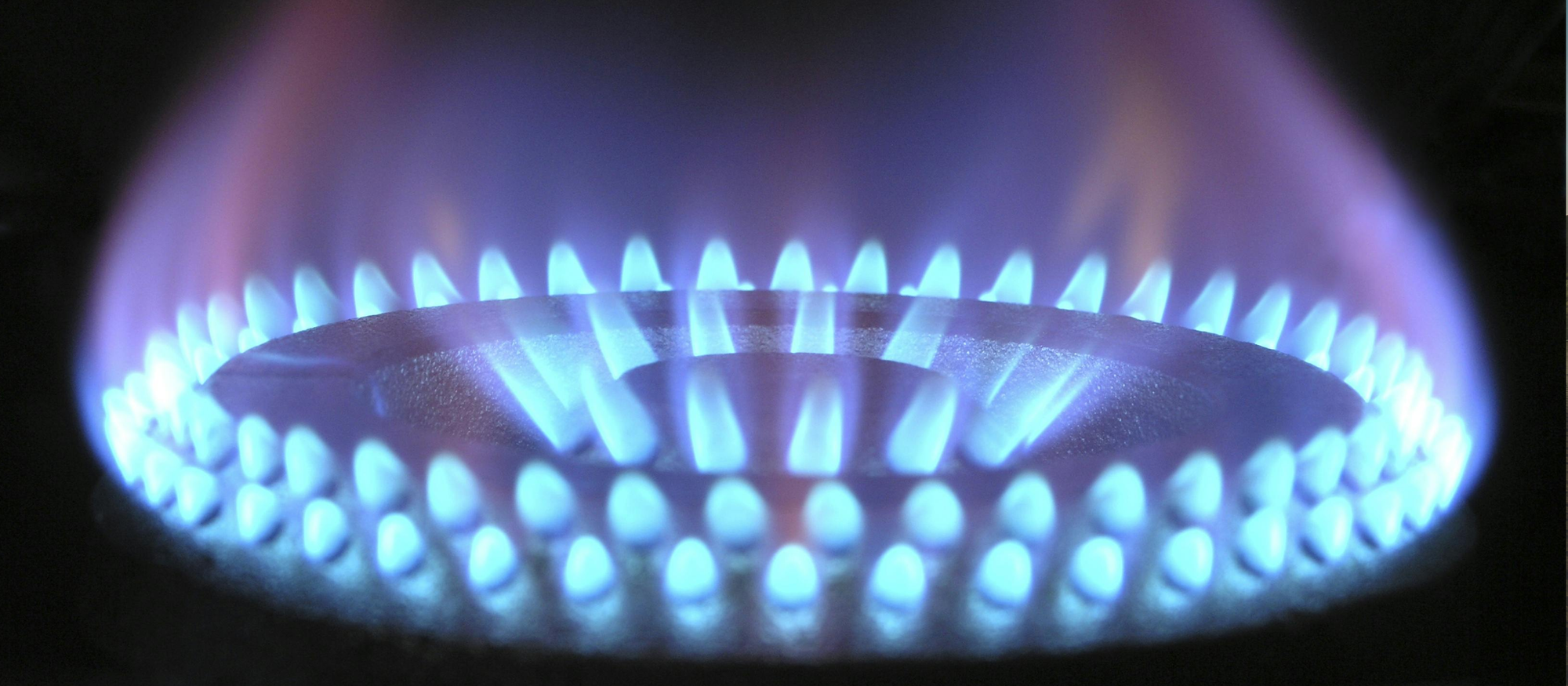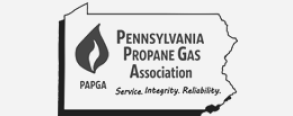

Let’s start with what you probably already know: natural gas is a fossil fuel in a gaseous state that travels through pipes to people’s homes for use as a fuel for cooking, heating, and water heating. Many people believe that propane is the same gas stored in tanks of various sizes instead of delivered by pipe, but that is not the case. Propane is in fact a different fuel from natural gas, though the two are closely related. So what’s the difference between these two fossil fuel cousins?
Chemical Makeup
Natural gas that is drilled out of the ground is actually a mishmash of several gases. Methane is the biggest component of unrefined natural gas and is the one gas left at the end of the refining process. So when someone uses natural gas for cooking or heating in their home, they are essentially burning methane with an odorant (added for safety, it makes gas leaks more easily detectable) and a few other additives. Other components of unrefined natural gas include butane, ethane, and propane. That’s right, propane is actually a part of unrefined natural gas that is separated out during the refining process sold separately. Both refined natural gas and propane are hydrocarbons (nature-formed compounds made up of hydrogen and carbon). Propane’s chemical formula is C3H8 and methane is CH4.
Physical States
Unrefined natural gas, as the name implies, exists underground in a gaseous state. It is extracted as gas and refined as a gas, but can be stored as a gas or a liquid. By changing temperature and pressure, refined natural gas can be liquefied — into a substance called liquefied natural gas (LNG) — for storage. Similarly, propane is extracted from unrefined natural gas as a gas, but unlike refined natural gas (methane), it is almost always stored and transported in its liquid state, as a substance called liquefied propane gas (LPG). This is why propane is usually sold in gallons (a measure of liquid volume) and natural gas is sold in cubic feet (a measure of gas volume). LPG is stored in pressurized tanks, and the pressure inside the tanks keeps the propane in its liquid state. But as soon as the tank’s valve is opened and the LPG moves out of the tank, it escapes the pressure and vaporizes into a gas state. This formerly liquid-now-gas form of propane is what fuels stoves, heaters, and other residential appliances.
Energy Content
Which packs more power, natural gas or propane? The pretty clear answer is propane. The energy content of most fuels is measured in British Thermal Units (BTUs), so comparing the BTU content of identical quantities of different fuels gives an accurate comparison of energy content. Although propane is transported and stored as a liquid, we’ll refer to its gaseous state for the sake of a more direct comparison with natural gas. One cubic foot (ft3) of natural gas contains 1,030 BTUs and one cubic foot of propane gas contains 2,516 BTUs, giving propane about twice the energy content of natural gas. Propane101.com offers this comparison to put BTU values in the context of heating fuel:
• 100,000 BTU/hr furnace will use about 97 cubic feet of natural gas (100,000 ÷ 1,030 = 97.1) in one hour
• 100,000 BTU/hr furnace will use about 40 cubic feet of propane (100,000 ÷ 2516 = 39.7) in one hour
So there you have it. Propane, by nature a component of natural gas, is separated out during the refining process to become a more powerful fuel. Now that you’re educated, take it on yourself to drop some knowledge on the next person you hear refer to propane as natural gas or vice versa.
If you are looking to buy propane for your home, get a quote from Tankfarm.io.















